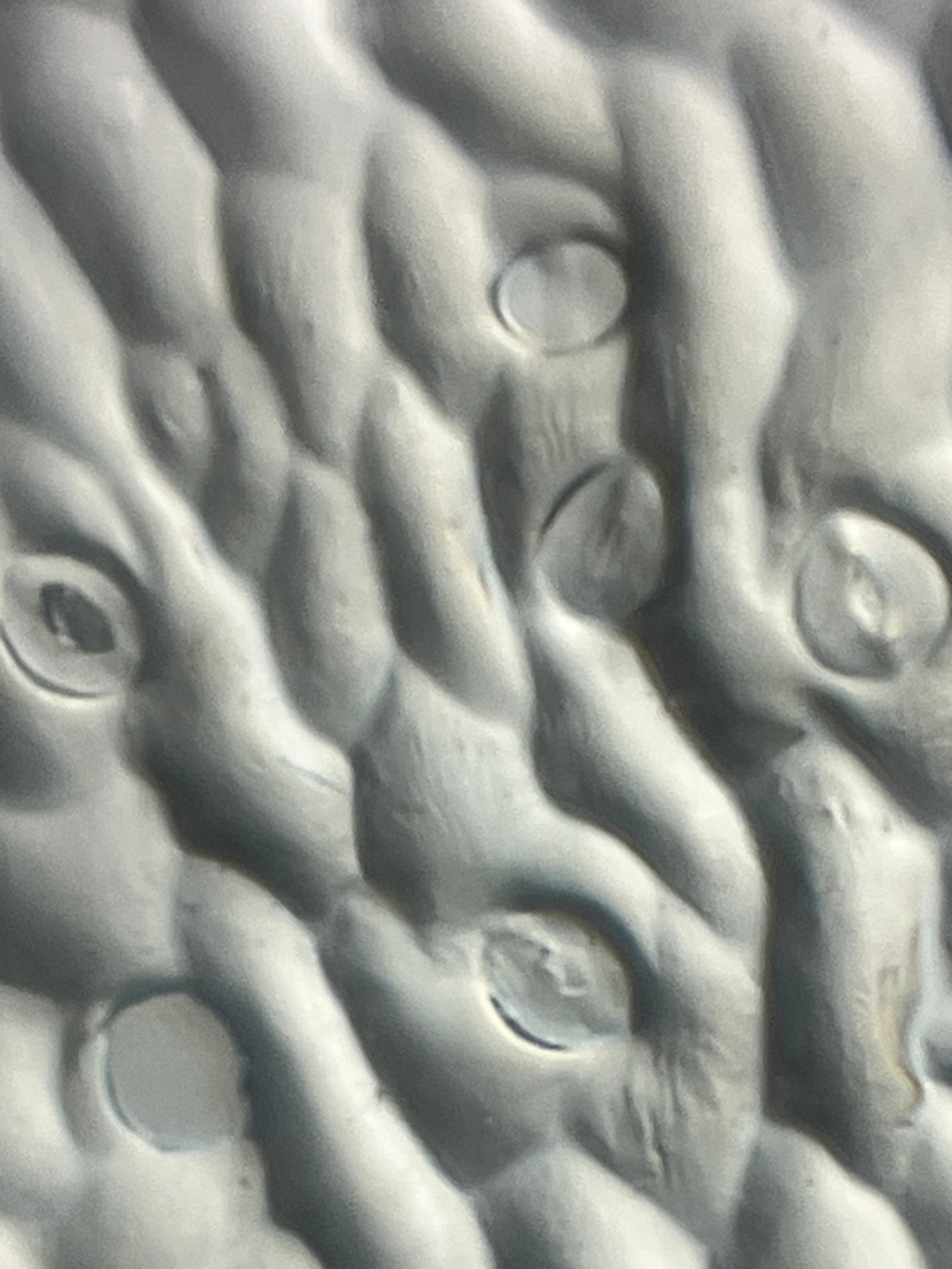Vital stains are valuable not only for their role in histology, but also for their inherent natural beauty. So let’s learn what they are, who first used them in histology, and what they look like under a Foldscope.

What Are Vital Stains?
Stains (or dyes) are chemicals that are used to add color to materials. Most dyes were developed for use in the textile industry. Eventually histologists (scientists who study living tissues) discovered that these stains could help them differentiate between the cellular structures observed under a microscope. As staining techniques improved, scientists began looking for stains that would color, but not kill, cellular structures. These stains are called vital stains, and some of them are featured in this blog.
Bismarck Brown

Brilliant Cresyl Blue

Janus Green

Methylene Blue

Neutral Red

Who Discovered Vital Stains?
Paul Ehrlich (1854 - 1915) was a German scientist who became an expert in histological staining. He found a way to combine his interests in dye chemistry, organic chemistry, and medicine by studying how textile dyes could identify specific cellular structures. Ehrlich also realized that there was a need to find stains that wouldn’t kill the tissues upon application. The study of cellular processes occurring in living tissues was advanced based on Ehrlich’s development of vital stains.
Beauty of Vital Stains
The crystals in the vital stain solutions are fascinating to look at under a Foldscope. Place a drop of vital stain on a slide, let the liquid evaporate, and cover the crystals with ultraclear tape (or clear stickers). Then, immerse yourself in the beauty of the crystals.
It looks like there are microscopic organisms swimming through this bismarck brown image. In reality these are crystals that formed as the dye dried on the slide.

There appears to be a cameo captured in the brilliant cresyl blue stain. It is so interesting how an air bubble can look like a piece of jewelry!

The ribbons of blue in the janus green slide bring to mind wispy clouds in the evening with the last bits of purple at sunset. It is the thickness of the layers of crystals that cause some areas to appear darker than the others.

The colors of a peacock feather are captured in the dried crystals of methylene blue dye. It is actually needlelike crystals forming what looks like the rachis of the feather and the color comes from the way the light interacts with the crystals.

The negative spaces of the dried neutral red stain look like tree branches in the middle of winter. This pattern formed as the liquid solution evaporated away and the neutral red crystals came together leaving empty space.

The unexpected surprises found on a microscope slide are a constant source of wonder encouraging further exploration. And the exciting part is that if you put a drop of dye on a slide, your discoveries can look completely different from these!
Have fun exploring different dyes and stains with your Foldscope! Share your microscopic images of dyes and stains on the Microcosmos and use social media to tag us with the results of your explorations, creations, and discoveries! We love to see how Foldscopers around the world are using their Foldscopes in new and innovative ways!
Facebook: @Foldscope
Twitter: @TeamFoldscope
Instagram: @teamfoldscope
Sources:
https://academic.oup.com/labmed/article/41/8/497/2657666


